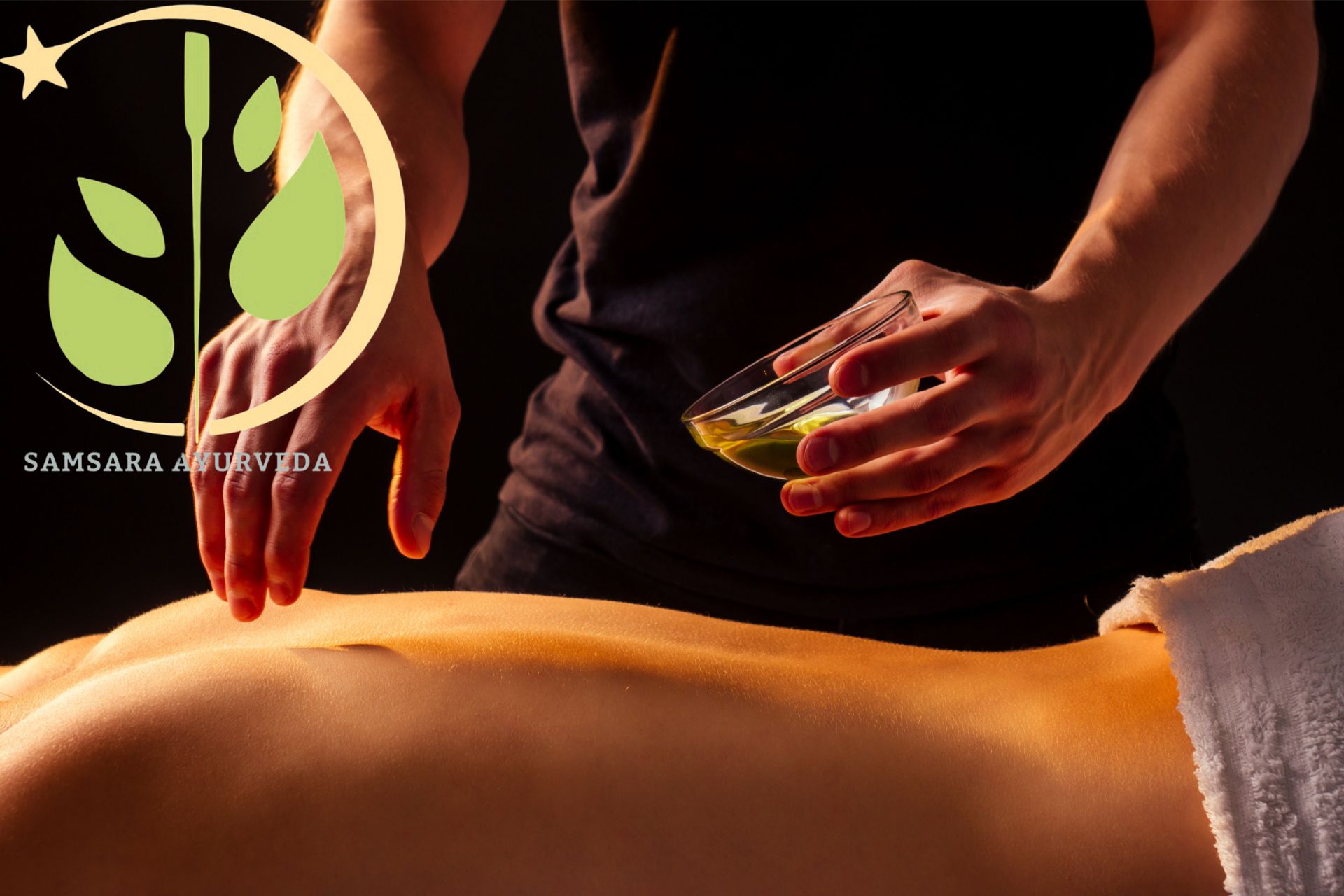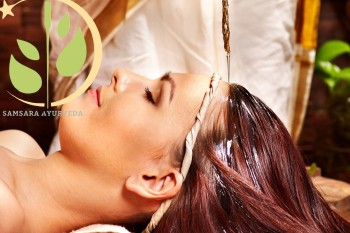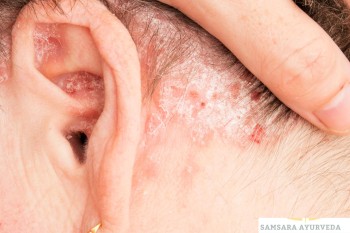PANCHAKARMA
In Ayurveda, health is regarded as a state of equilibrium with respect to the dosha-dhatu-mala. Every disease is regarded as the result of the vitiation or imbalance of the aforementioned. In order to restore the body to its natural state, we have two treatment options: the shamana, or palliative treatment, and the shodhana, or purification treatment. The initial one involves the consumption of medications, while the latter one involves external therapies, such as panchakarma. Vamana, virechana, Nasya, Anuvasana vasti, and Astapana vasti are the five principle procedures of panchakarma, as defined by Charakacharya. Raktamoshana is included in the Panchakarma by Susrutha. The significance of panchakarma is that it addresses the underlying cause of the disease, as opposed to providing symptomatic relief. Each of the five procedures is tailored to the specific doshas and their associated conditions. Let us first examine the precise nature of these procedures.
Vamana: Induced vomiting or emesis
Virechana: Purification that is induced
Vasti - medicated enema
Nasya is the process of administering medication through the nasal passage.
Bloodletting is known as Raktamoshana.
Each of the aforementioned procedures is further subdivided into three:
Poorvakarma is the process of preparing the patient for the specific panchakarma.
Pradhanakarma is the primary treatment.
The maintenance for each panchakarma is included in the term "Pashchatkarma."
Panchakarma is a severe procedure that necessitates the participation of a qualified physician, despite the fact that the aforementioned terms appear straightforward to execute independently.










